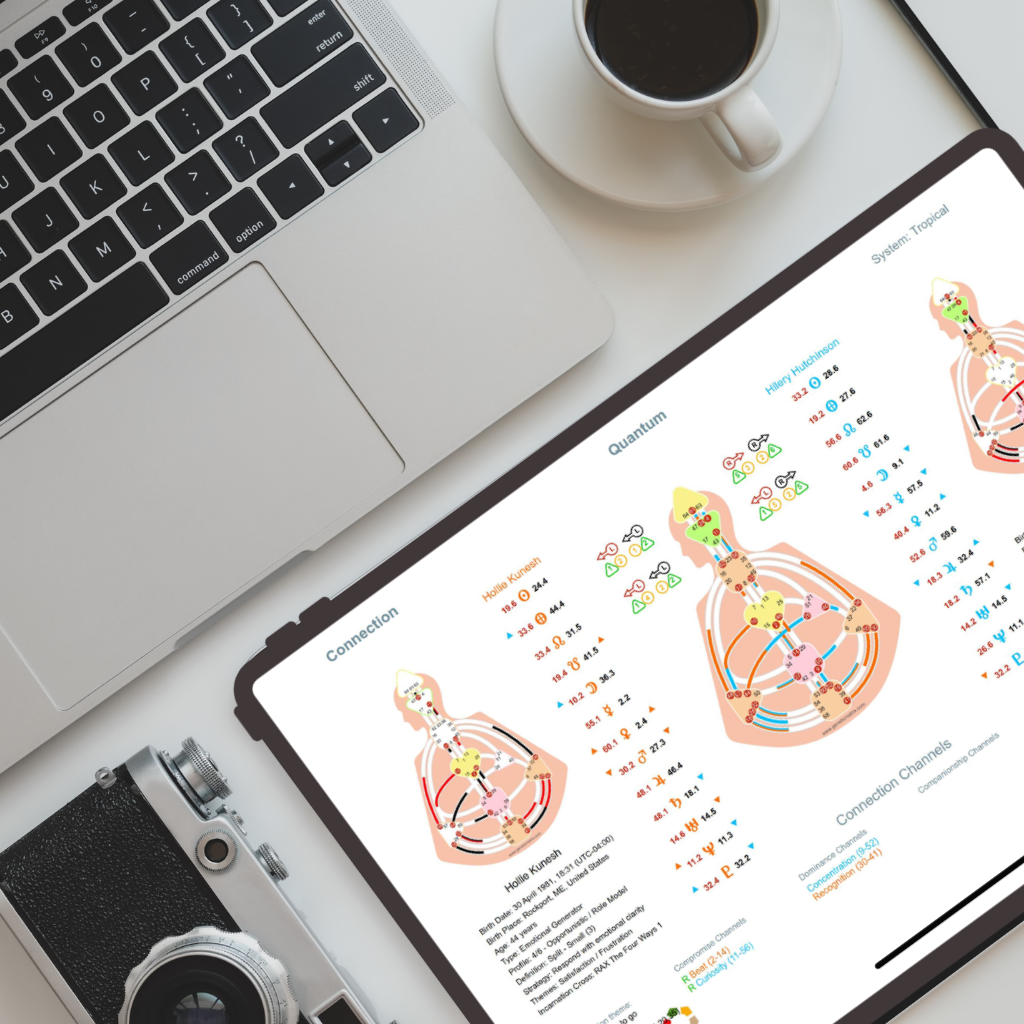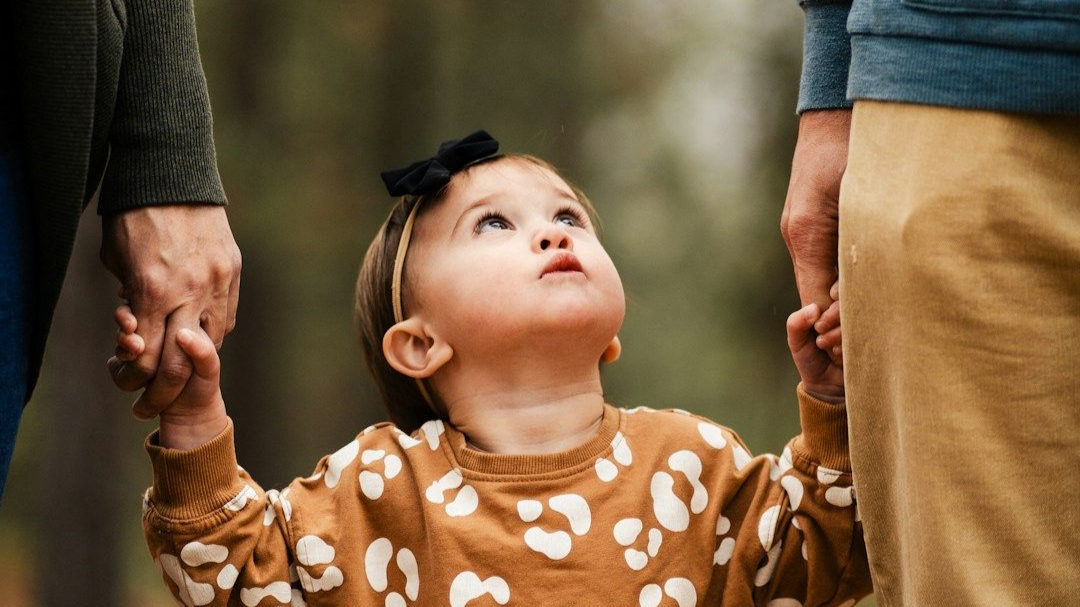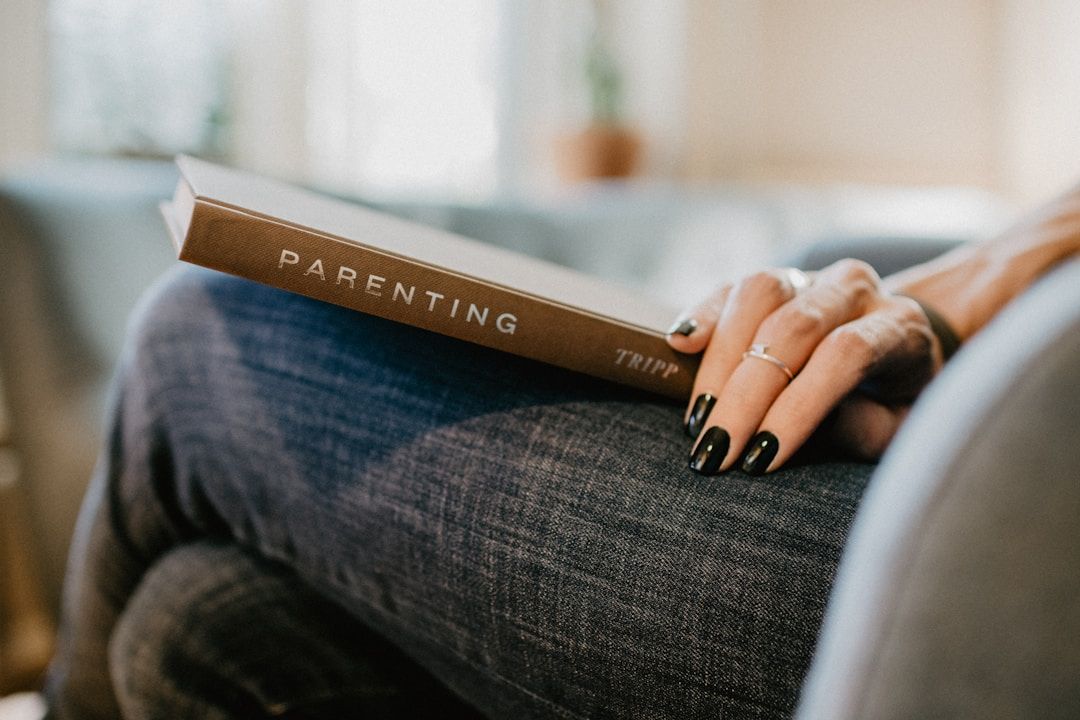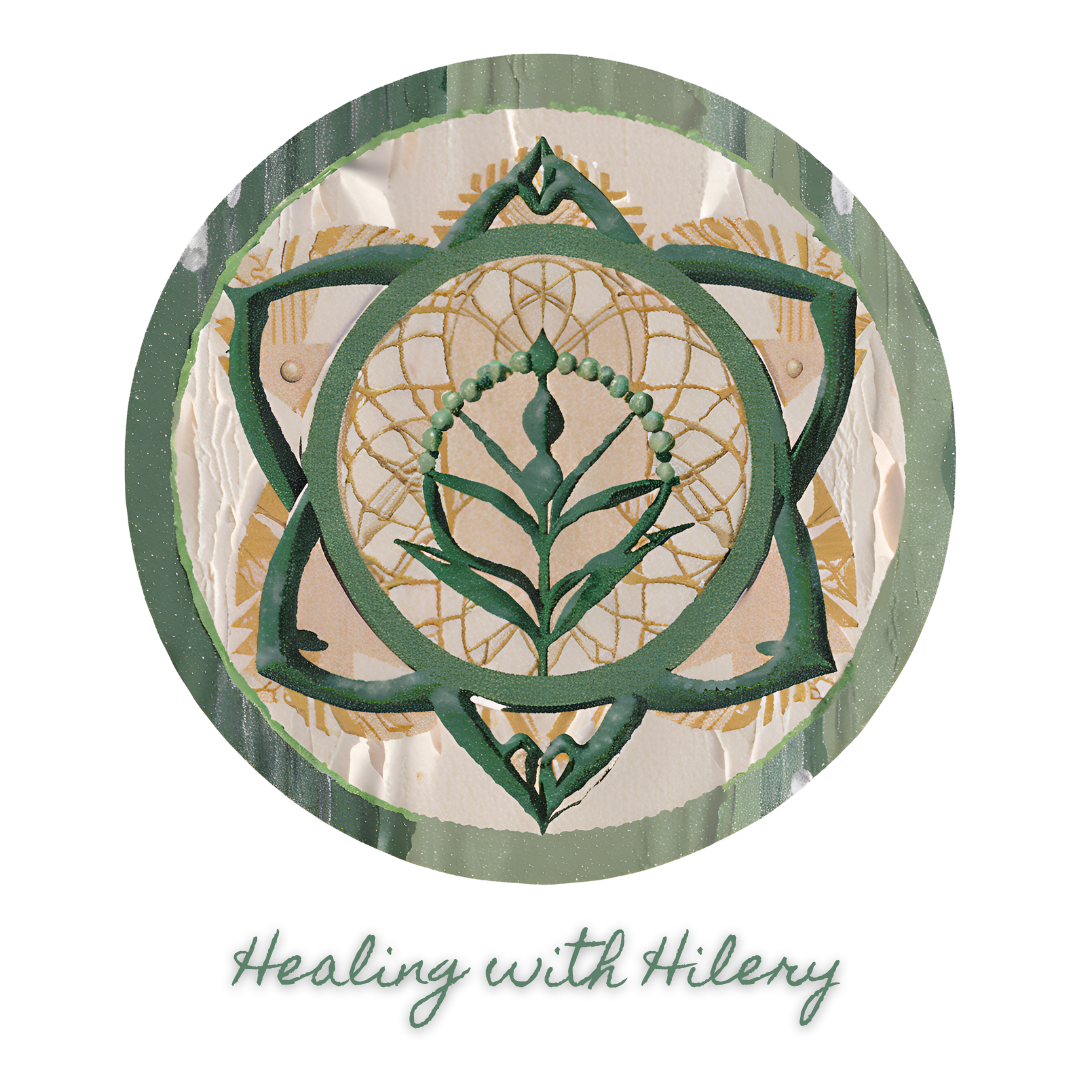Jun 18
Parenting with Clarity: How Human Design Can Help You Understand Your Child (and Yourself)
Let’s be real—parenting doesn’t come with a manual.
Every child is different. What works for one might completely backfire for another. Some kids need space, others need closeness. Some talk through their feelings, others go silent. And sometimes, no matter how much love you give, you still feel like you're not quite connecting.
What if there was a way to truly understand your child—and yourself—as you navigate the ups and downs of parenting?
That’s what Human Design offers:
a personalized map for how you and your child are naturally wired—so you can parent with more confidence, compassion, and connection.

What Is Human Design?
Human Design is a system that blends modern science with ancient wisdom to reveal how each person is uniquely designed to move through life. Think of it like a personality blueprint, but one that goes much deeper.
It shows how someone:
- Makes decisions
- Handles emotions
- Responds to stress
- Learns best
- Communicates
- Relates to others
It’s especially helpful for parents, because it gives insight into things you’d otherwise spend years trying to figure out. You’ll understand not just what your child does—but why.

Why Human Design Is So Helpful for Parenting
When you know your child’s design, you can:
- Support their needs without second-guessing yourself
- Communicate in a way they really hear
- Set boundaries that actually work
- Stop comparing them to other kids
- Help them grow into who they truly are—not who the world expects them to be
But here’s the key…
You also need to understand your own design as a parent.
You have your own emotional patterns, habits, and ways of reacting—often shaped by how you were raised. Human Design helps you see how your energy and personality affect your parenting style, so you can show up with more awareness and ease.
Real-Life Examples
The Projector Child Who Needed Rest
Mom: Manifesting Generator | Child: Projector
Mom is a go-getter who thrives with a packed schedule and multiple passions. Naturally, she signed her Projector child up for after-school activities every day of the week—sports, art, language classes—thinking this was the best way to keep them engaged and growing.
But her child started melting down after school, became withdrawn, and seemed exhausted all the time.
Once she learned about her child’s Human Design, she realized Projectors aren’t built to keep up with the same energy output. They need rest, time alone, and space to decompress.
They shifted the schedule to allow for quiet afternoons and only one or two weekend activities. Within a week, the tantrums stopped. Her child became more enthusiastic, better rested, and fully engaged in the activities they chose—because their energy was being honored.
The Emotional Generator Who Was Always “Too Much”
Dad: Logical Splenic Projector | Child: Emotional Generator
The child had big waves of emotions—laughing one minute, crying the next. Dad often found this overwhelming and tried to fix it or calm it down with logic: “There’s nothing to cry about.” “You just need to breathe.”
Through Human Design, he learned that his child was emotionally defined, meaning they experience emotional highs and lows naturally—and that’s not something to be fixed. He also learned that he had an undefined emotional center, which meant he was amplifying his child’s emotional energy without realizing it.
Once he stopped trying to “calm it down” and instead gave his child space to ride the wave, everything shifted. Fewer power struggles. More connection. He even began to understand his own emotional reactions better—realizing some weren’t even his.
The Sacral Burnout That Was Mistaken for Laziness
Mom: Emotional Projector | Teen: Generator
Her teen was a Generator but wasn’t initiating any school projects, sports, or social activities. Mom, a Projector, thought they were just unmotivated and started nagging: “You should join a club!” “Don’t waste your potential!”
But Generators need things to respond to. They thrive when life comes to them and they can follow what lights them up—not when they’re pushed to initiate out of pressure.
When mom shifted to offering invitations like, “Hey, would you be interested in trying this?” or “How does this feel to you?”—instead of pushing—her teen lit up. They joined a coding club, found their spark again, and began making confident decisions on their own terms.
The Child Who Wouldn’t Listen—Until the Tone Changed
Mom: Manifestor | Child: Defined Throat Projector
This Projector child was extremely sensitive to tone and voice. Every time mom raised her voice, even slightly, the child would shut down, say "you're yelling at me!" and walk away.
After reading their combined Human Design report, the mom discovered her child had a defined throat center and a strong sensitivity to sound and energy. She also saw how her own Manifestor energy could feel overpowering to her child, even when she didn’t mean to be forceful.
She began approaching corrections with softer tones and waited until her child was calm and open to receiving. Instead of power struggles, they started having meaningful conversations. The child began expressing emotions more clearly—and the mom felt less like she was “failing” and more like she was being heard, too.

Why the Combined Parent + Child Report Is So Powerful
You could just look at your child’s chart—but you’d be missing half the story.
My Combined Human Design Parenting Report explores both your child’s design and yours—so you can see exactly how you interact. You’ll get:
✅ A full breakdown of how your child experiences the world
✅ Insight into your parenting style and what drives your reactions
✅ Clear explanations of where your energies match—and where they don’t
✅ Personalized tools and tips to support your child’s growth and your own inner peace
✅ Real-life guidance to help you show up as the parent you want to be
If there are two parents involved, I also offer a 75+ page version that includes how both of your energies impact your child.
What This Report Helps With:
What This Report Helps With:
- Understanding your child’s behavior without judgment
- Supporting your child’s emotions in a healthy way
- Feeling more confident and less overwhelmed as a parent
- Healing old parenting patterns from your own childhood
- Creating a deeper bond with your child based on mutual respect

What Other Parents Say
“This report helped me stop comparing my two kids—and finally see them for who they are. I cried reading it. It gave me so much peace.”
– Sarah, mom of two
“I’ve always felt like I was doing something wrong as a parent. This helped me see that my child and I just have different needs—and that’s okay.”
– Jason, single dad
💖 Parenting Gets Easier When You Understand Each Other
Whether you're raising a toddler, teen, or anything in between—this report is here to help you build a better relationship, reduce stress, and create more harmony in your home.
Because your child didn’t come with a manual…
But now you have a map.

